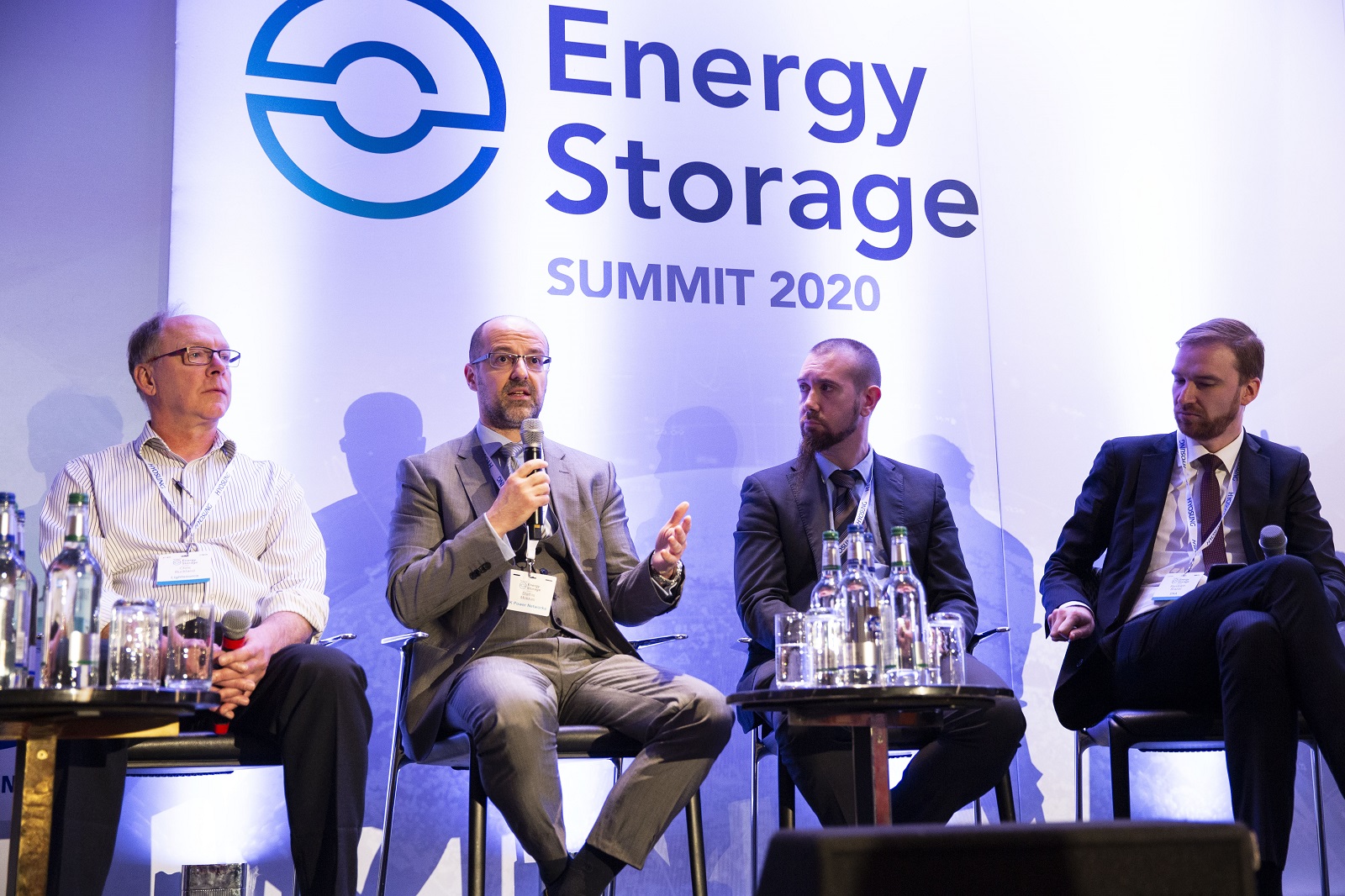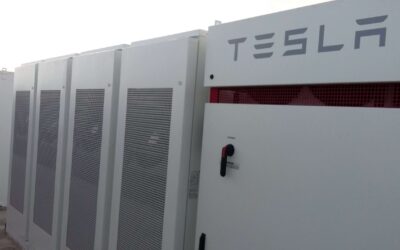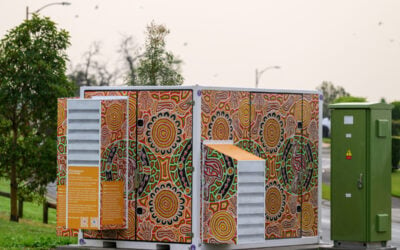
Hydrogen and vehicle-to-grid (V2G) technologies are among those vying to be considered the next big innovation in energy storage, a panel of experts has concluded.
Both technologies – oft-mentioned in discussions surrounding the future of energy flexibility – were highlighted by panelists debating network innovations at this week’s Energy Storage Summit, organised by Energy-Storage.news’ publisher Solar Media, held in London, UK.
Enjoy 12 months of exclusive analysis
- Regular insight and analysis of the industry’s biggest developments
- In-depth interviews with the industry’s leading figures
- Annual digital subscription to the PV Tech Power journal
- Discounts on Solar Media’s portfolio of events, in-person and virtual
V2G is likely to become a key source of flexibility for networks in the coming years argued Stathis Mokkas, energy markets lead at UK Power Networks. The distribution network operator’s forecasts show there will be as many as four million EVs charging on its network by 2030, he said, posing a large opportunity for energy storage.
When asked by the panel’s chair Randolph Brazier, head of innovation and development at the Energy Networks Association, what the next “big innovation” would be however, Chris Buckland, technical director at solar developer Lightsource BP, argued the case for hydrogen.
He said that while hydrogen may come across almost as a “buzzword” at this stage, as it has been discussed for a long time, it remains his top choice and expects to see it emerge in the next 15-20 years.
Despite that suggested timeline Lightsource BP is already looking into hydrogen as a potential storage solution, intending for it to work alongside solar generation to allow a higher penetration of renewables into the grid. As a result, BP has earmarked hydrogen among five key emerging technologies due to its long-term storage potential.
Using renewable power to create hydrogen via hydrolysis which can then be stored or used in other applications has long been mooted as a possible use for surplus electricity or indeed a route to further decarbonisation. In 2018 an Australian government-backed pilot project sought to test the use of a 500kW electrolyser in Sydney, while a slew of international solar developers are understood to be examining the technology’s potential as well as Lightsource BP.
Mokkas offered a word of caution, however, viewing hydrogen as more likely to have a large role in the industrial sector, but not beyond that. Instead he argued that it would be a portfolio of technologies, that would attract a wide range of players.
For Ray Arrell, senior technical officer at Regen, the final member of the panel, it wasn’t one such technology, but a “joined up approach to infrastructure investment” that would prove the true innovative step towards net zero.
Brazier advised that the industry cannot simply “rest on its laurels”, but must instead seek to accelerate innovation. The panel agreed that one of the challenges in moving forwards however is communicating such innovations to consumers.
“It’s absolutely a key area,” said Arrell, stating that consumers needed to understand some of the innovation so that they could participate and benefit from technological advances in energy storage.
With national net zero targets a diverse range of technologies will be necessary for generation as well as storage.
Whether co-located solar-plus-storage could be sufficiently scaled to compete with nuclear was queried, in particular as there isn’t currently enough of a value proposition for Lightsource BP to retrofit its sites with storage solutions, Buckland said.
For Buckland, solar and storage are likely to work within a larger system. He added: “Nuclear is coming, nuclear is a useful energy source, it’s not going to be particularly cheap, but if it can be as smart as renewables are being I think there’s a great opportunity for the two to work together.”
BP has been particularly in the spotlight recently regarding net zero, following the oil and gas major’s announcement that it will be carbon neutral by 2050. The company has provided few details so far into how it will attain net zero status, but has said that it will have to “fundamentally re-organise”.
BP will have to go about changing “quite dramatically” said Buckland. This will involve solar and storage, he confirmed, but there is still a lot to be discovered in the transition.
Overall going carbon neutral, “That’s going to be a major journey, one involving a lot of storage,” he finished.






